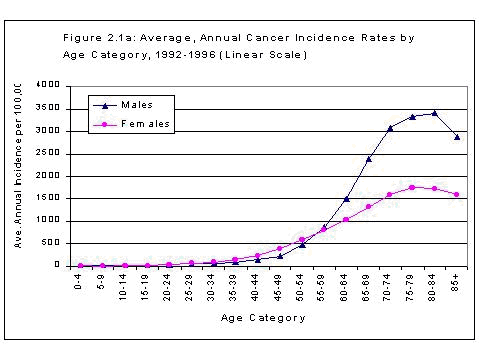

Repair, usually, happens next. DNA has been doing its thing for a long, long time. Bacteria have methods of repairing DNA and so do we. There are many repair mechanism and enzymes. These cruise up and down the DNA, "feel the bump" where the adduct is, and fix the damage. There are other enzymes that come into play only later, when the DNA goes to replicate.
If the DNA must replicate before it is repaired, several things might happen. First of all, nothing may happen. The DNA will replicate normally despite the adduct. Second though, the DNA might put the "wrong" nucleotide in the DNA strand. C must be paired with G and A with T. If the adduct causes a G,C or A to be paired with an A, there is a mismatch in the DNA strand. What happens then? That is likely to be repaired too. Enzymes cruise up and down the DNA strands, feel the mismatch, and fix it. If it is not fixed by the time the cell replicates, and the cell replicates and survives, one of the daughter cells will have a mutation in that location. What happens to that cell?
Probably nothing. The vast majority of our DNA is "junk" DNA, it does not code for genes or perform any useful function that I know about. What if the mutation occurs in a gene, that is, a locus of the DNA that codes for a protein? Again, often, nothing happens. There are 64 combinations of the 4 letters in the 3 locations that make a codon, but only 20 amino acids, so many combinations are redundant, and the mutated gene would still code for the same amino acid. The protein would not know the difference. Also, in any given cell type, most of the genes are not used. They are all there, but the cell does not use them.
What happens if the wrong amino acid is inserted in the protein? Again, often, nothing happens. If a polar amino acid is replaced with another polar amino acid, it might not affect the protein at all. Also, many proteins are large, having hundreds of amino acids, but the business end of them is limited to only a few locations. Substitution elsewhere on the proteins might not matter to the function of the protein.
What happens if a mutation causes a corrupted protein that does not perform its function? Again, it might not matter. There are two copies of each gene, one on the maternal chromosome and one on the paternal chromosome. If one is out of order, the other might easily pick up the slack. What happens if the bad protein kills the cell? That's great, cancer-wise. If the cell dies it can't reproduce and that cell cannot lead to cancer.
So presumably, the vast majority of DNA adducts do not lead to a mutations, and the vast majority of mutations do not have any deleterious effect on the body, nor lead to cancer. Mutations that are not lethal to the cell, however, remain. Over time the cell may replicate and a second mutation may occur, and so on. Here is the age at which cancer is first reported in the state of Minnesota depicted on a linear scale.

Here is the same data on a log scale. (Both from http://www.health.state.mn.us/divs/dpc/cdee/mcssrpt99/incid96.htm)

A mathematical treatment of nationwide data is consistent with 6 to 8 independent events occurring at random throughout a lifetime as the cause of cancer.
Although each of the requisite mutations might be considered as a "stage," many theories of cancer causation describe some general stages. Typically an initiation stage, followed by a promotion stage, followed by progression. During the initiation stage, a cell is transformed by changes in the DNA that do not result in increased cell replication rates. During the promotion stage, there is an increase in the replication rate. The last stages are termed progression and cancer may be clinically noted . (Tox Tudor slips in a fourth stage, conversion). You should know those, but remember they are not separated, the key is the mutations.
Promotion might be due to certain mutations, but it could also be due to an agent from outside the cell that increase the rate of cell replication. A chemical or situation that caused an increase in cell replication might increase the mutation rate. Besides providing more opportunities for a mistake, rapid replications leaves less time for DNA repair, so any agent that increase the rate of replication might promote cancer. This leads to the concept of two types of cancer causing agents, genetic carcinogens that directly cause mutations in the DNA as outlined above, and epigenetic carcinogens that somehow increase the replication rate of cells, or perhaps increase the rate more in predisposed cells. One can carry that concept further to the notion of a "complete" carcinogen, that is both a genetic and epigenetic carcinogen. Most genetic carcinogens are also described as "mutagens," a concept we'll talk about more next week. For reference, cigarette smoke is a complete carcinogen; it has both mutagenic and epigenetic qualities. Asbestos is an epigenetic carcinogen.
In the Course Documents folder is subfolder, Copyrighted materials, where there is a paper "How Cancer Arises" that has more details, but is not required for this course.